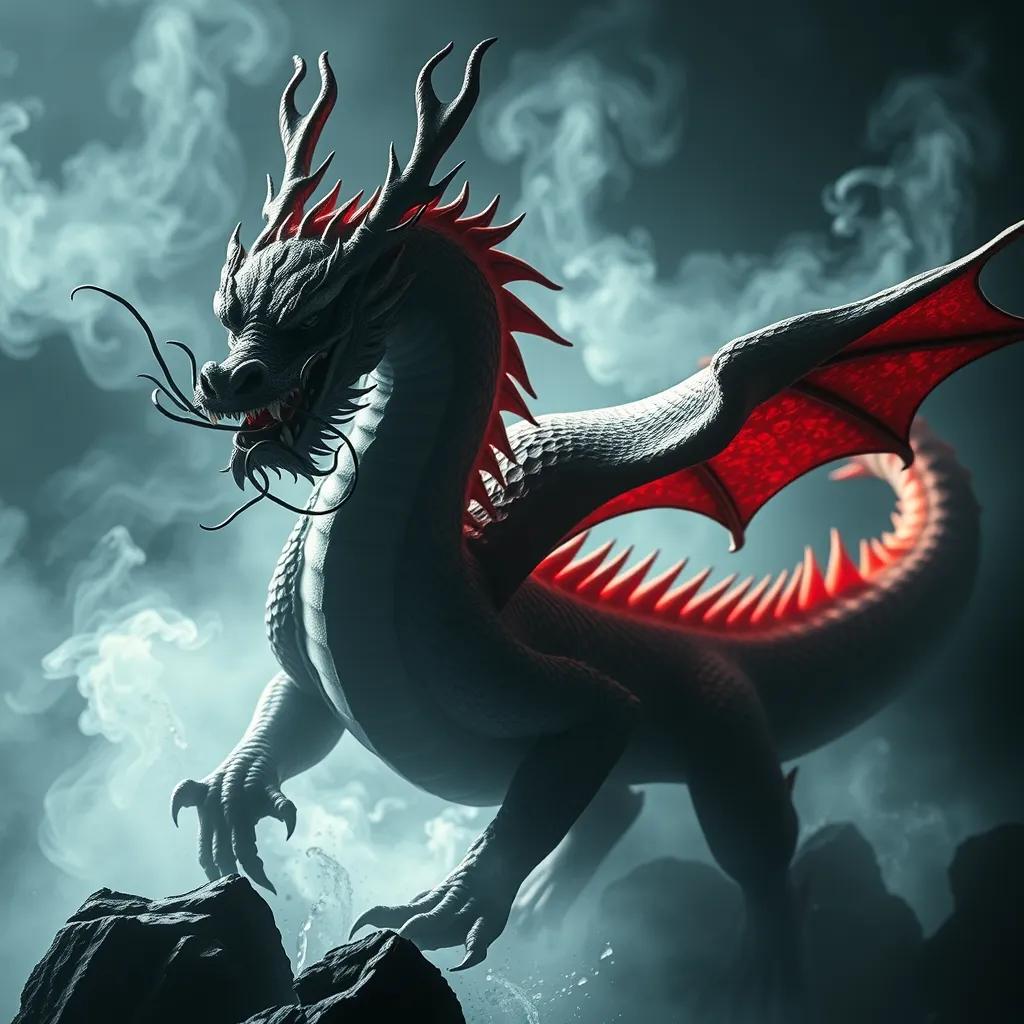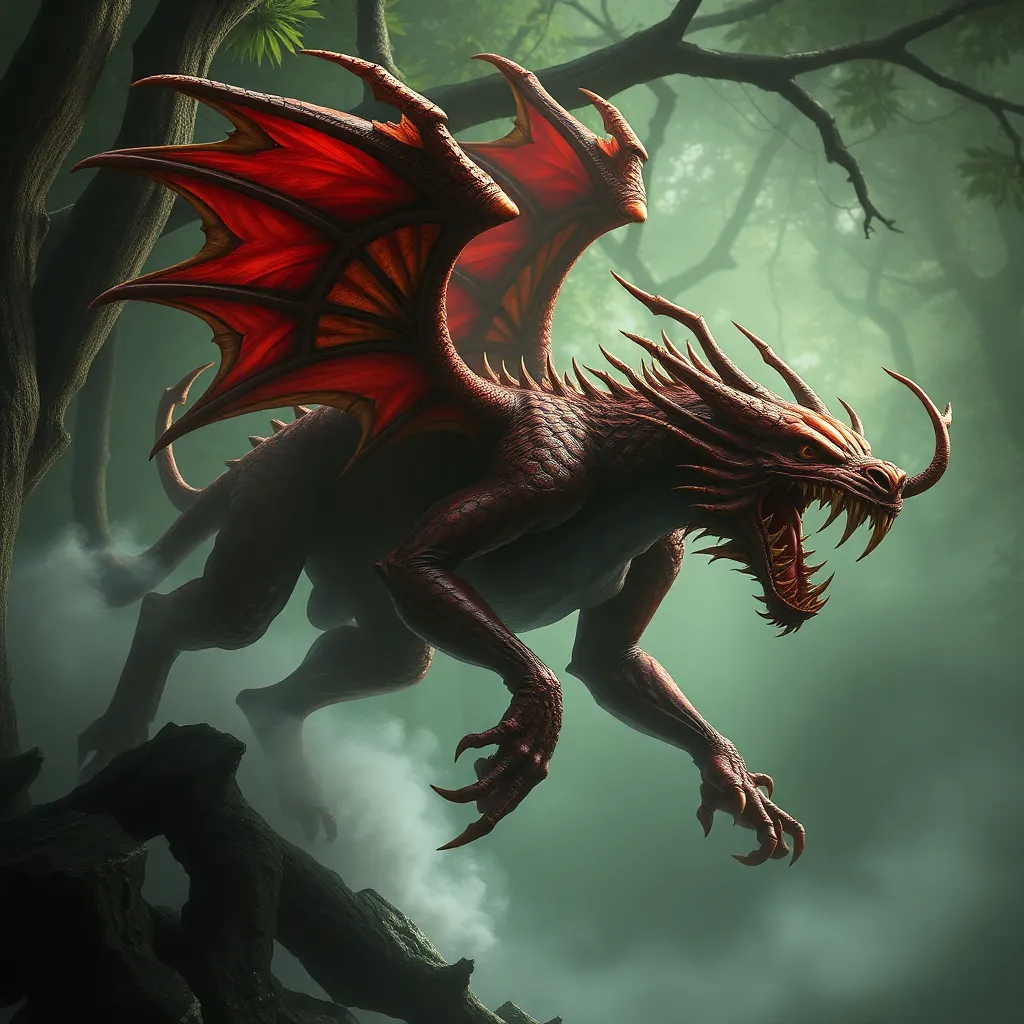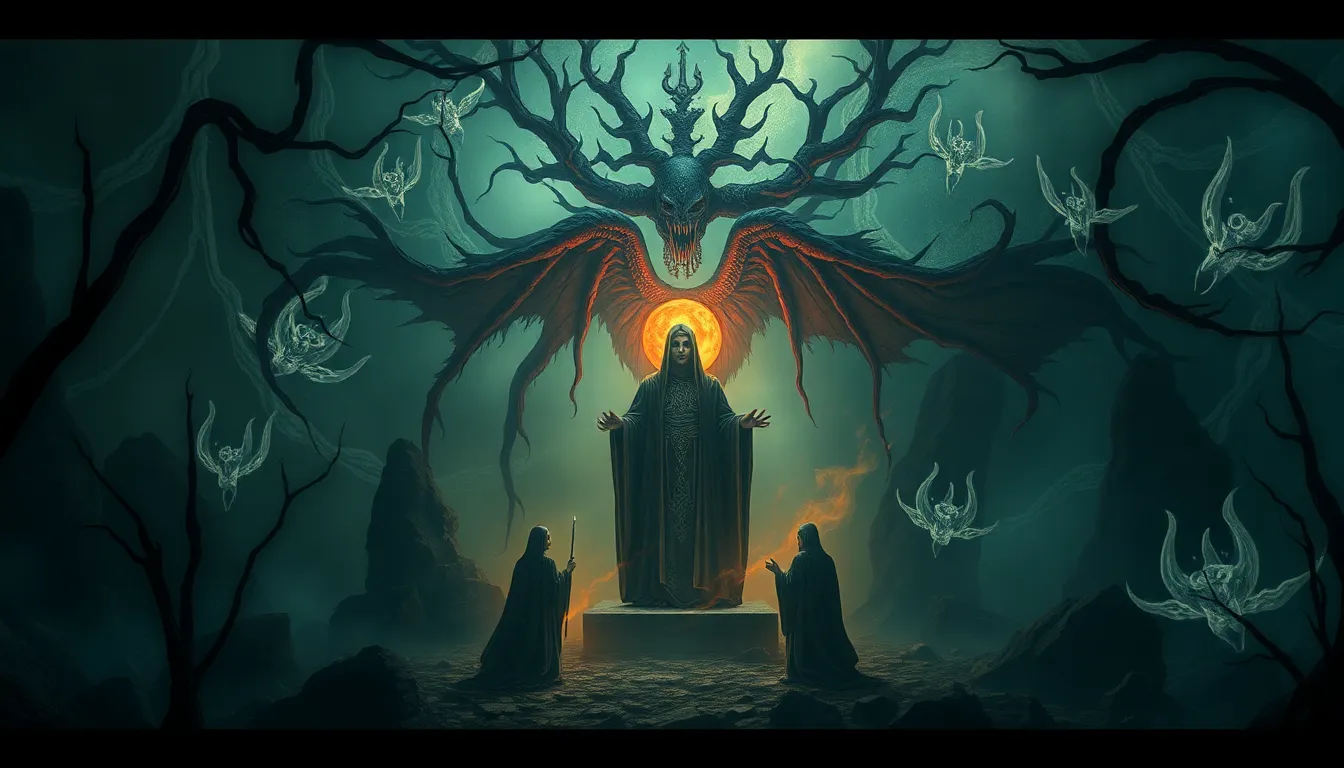The Dragon’s Dance: Exploring the Ritualistic Significance of Dragons in Mythological Traditions
I. Introduction
Throughout history, dragons have captivated the human imagination, emerging as powerful symbols in various cultures around the globe. From the majestic serpentine beings in Eastern traditions to the fearsome fire-breathing creatures in the West, dragons embody a rich tapestry of meanings and significance. This article aims to explore the ritualistic significance of dragons within mythological traditions, highlighting their connection to cultural beliefs, practices, and narratives.
Dragons hold a special place in mythology, often representing complex ideas such as power, chaos, and protection. By examining their roles in rituals and ceremonies, we can gain insight into how these mythical creatures have influenced cultural identities and practices over millennia.
II. The Symbolism of Dragons in Mythology
Dragons are multifaceted symbols, and their meanings can vary significantly across different cultures. Here are some key aspects of dragon symbolism:
- Dragons as symbols of power and strength: Many cultures view dragons as embodiments of immense power, often associated with natural forces such as storms, floods, and earthquakes.
- Duality of dragons: Dragons can be both benevolent and malevolent. In some traditions, they are seen as wise protectors, while in others, they are fearsome adversaries to be vanquished.
- Cultural variations: The symbolism of dragons can differ widely; for example, in Chinese culture, dragons are revered as auspicious beings, whereas in European folklore, they are often portrayed as evil creatures that hoard treasure.
III. Historical Context of Dragon Myths
The myths surrounding dragons have evolved over centuries, shaped by historical contexts and cultural exchanges. Key points include:
- Ancient civilizations: Dragons appear in the mythologies of ancient civilizations such as Mesopotamia, where they were often depicted as chaotic forces to be defeated by gods.
- The evolution of mythology: As societies progressed, dragon myths transformed, reflecting changes in cultural values, fears, and aspirations.
- Cross-cultural influences: Trade routes and conquests facilitated the exchange of dragon myths across cultures, leading to hybrid dragon representations and stories.
IV. Rituals and Ceremonies Involving Dragons
Dragons often feature prominently in rituals and ceremonies, serving various purposes:
- Dragon dances: These vibrant performances, especially in Chinese New Year celebrations, symbolize the bringing of good luck and prosperity. The dragon is seen as a harbinger of rain and fertility.
- Ceremonial imagery: Dragon motifs are commonly used in religious practices, representing protection and the connection between the earthly and the divine.
- Case studies: Notable rituals include the San Diego Dragon Parade in the United States and the Dragon Boat Festival in China, each with unique cultural significance.
V. Dragons in Eastern vs. Western Traditions
The portrayal of dragons differs significantly between Eastern and Western traditions:
- Eastern mythology: In cultures such as China and Japan, dragons are often seen as benevolent, associated with water, rain, and agriculture. They are revered as symbols of imperial authority and wisdom.
- Western mythology: Conversely, in European and Middle Eastern traditions, dragons are frequently depicted as malevolent creatures to be slain by heroes, representing chaos and evil.
- Comparative analysis: This stark contrast reflects broader cultural attitudes towards nature, power, and morality, influencing the rituals associated with dragons in each tradition.
VI. Dragons as Guardians and Protectors
In many cultures, dragons serve as guardians, fulfilling important protective roles:
- Guardians of treasures: Myths often depict dragons as protectors of precious treasures, symbolizing the safeguarding of wisdom and resources.
- Protectors of nature: Dragons are believed to oversee natural elements, such as rivers and mountains, embodying the spirit of the earth.
- Rituals of appeasement: Many cultures hold rituals aimed at honoring dragon spirits, seeking their protection and favor for bountiful harvests and safety.
VII. Modern Interpretations and Cultural Revival
In contemporary culture, dragons continue to inspire a resurgence of interest in their mythological significance:
- Resurgence of rituals: Modern festivals and celebrations often incorporate dragon-themed rituals, reflecting a revival of ancient practices.
- Dragons in popular media: Films, books, and video games have reintroduced dragons to new audiences, reshaping their narratives and symbolism.
- Reflection of ancient beliefs: These modern interpretations often echo ancient beliefs, emphasizing the timelessness of dragon myths and their relevance in today’s society.
VIII. Conclusion
In summary, dragons hold a profound ritualistic significance across various mythological traditions. Their enduring legacy reflects deep-seated cultural narratives that continue to resonate in contemporary society. Understanding the ritualistic roles of dragons enhances our appreciation of their place in cultural history and emphasizes the importance of preserving these myths and rituals for future generations.
As we explore the dragon’s dance through history, we recognize the intricate connections between these mythical creatures and the human experience, affirming their timeless relevance and the rich cultural heritage they represent.



